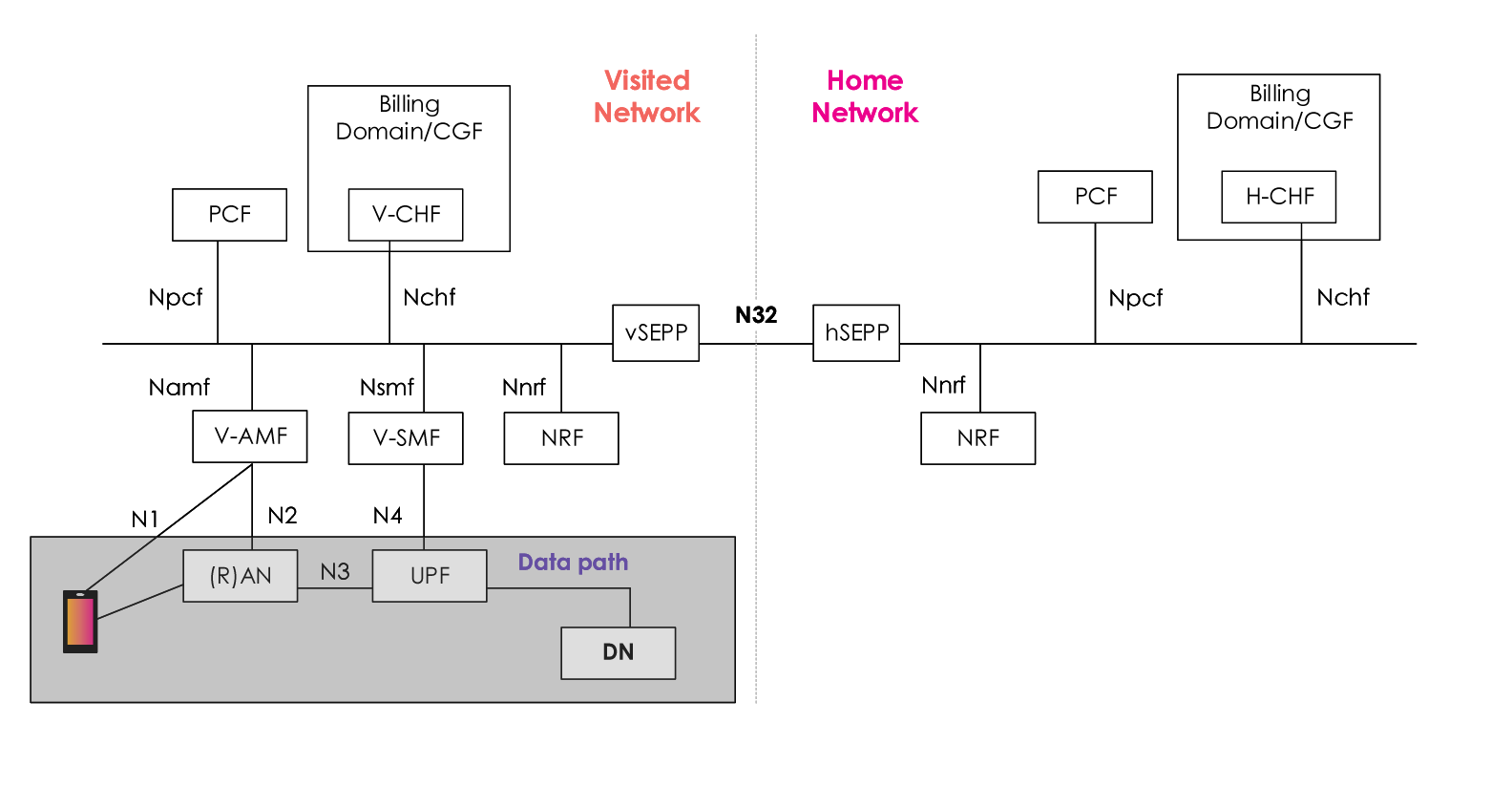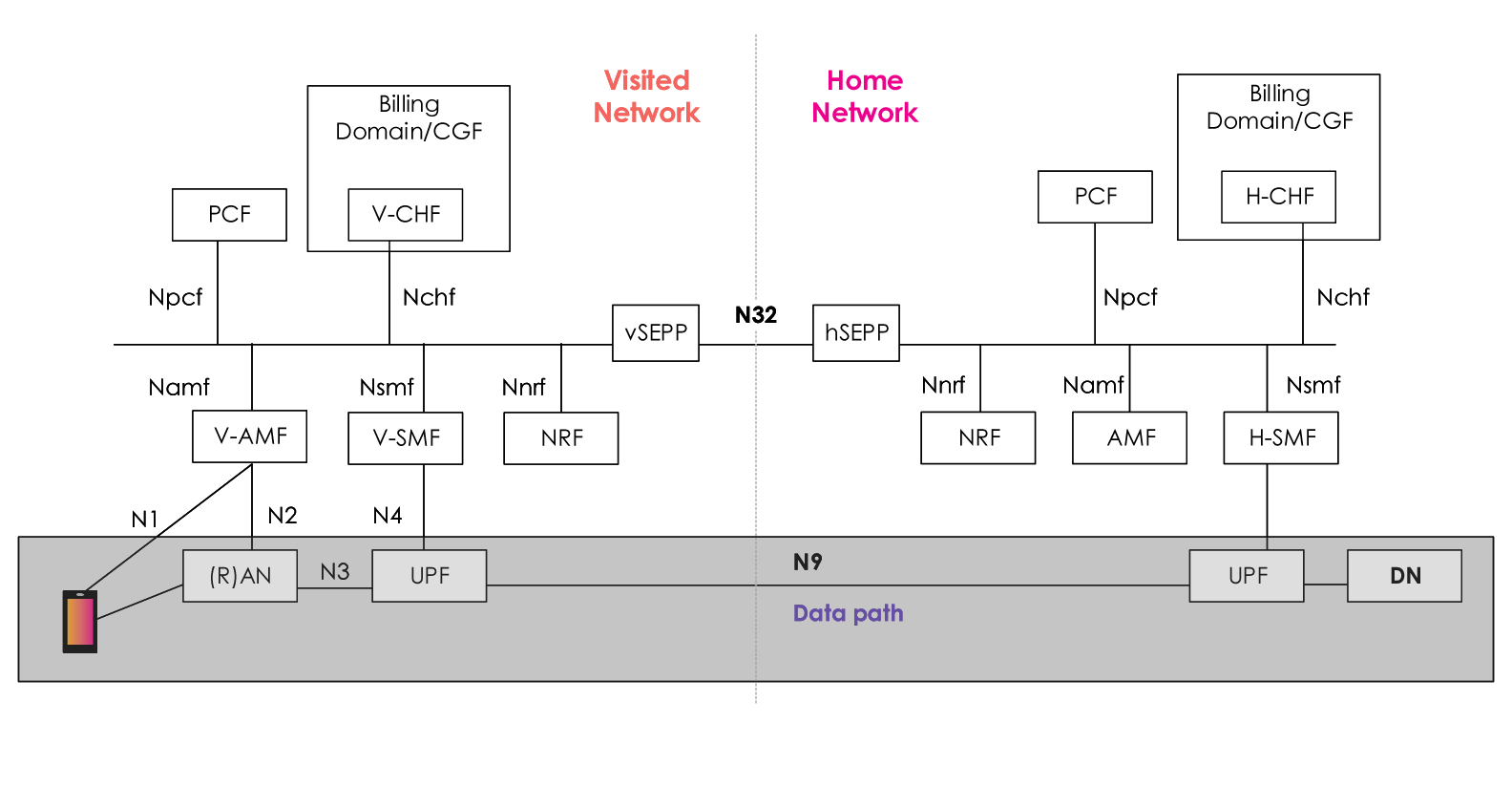5G deployment and adoption are gathering pace as we get ready to welcome the new year.
At the same time, the general population is becoming more mobile after 2+ years of travel restrictions and lockdowns, resulting in an urgency for the 5G service providers to allow a seamless experience across geographies.
But how will a 5G network meet the promise of 5G speeds and capabilities, when a subscriber is roaming away from their home network?
In 4G technology, a data connection was always anchored in the home network. For example, if an AT&T USA subscriber roams in the UK and tries accessing a local weather channel in the UK, then the data connection would be established from the UK to the AT&T server in the USA and back again to the UK-based weather service. This puts a heavy strain on the network resources required to support bandwidth for roaming users, besides introducing delays, thus impacting the service experience for the user.
5G addresses this problem by introducing a new solution for roaming, called Local Breakout or LBO. In this case, the data session of a roaming subscriber is anchored in the local network they’re visiting.
When a roaming A&T subscriber tries to access a local weather channel in the UK, they are authenticated by the home network in the USA, but the data connection between the device and the weather channel remains localized to the roaming/visited network in the UK. This enables a user to experience a 5G service the same as, or close to, their experience in a home network.
Now, the network capabilities, bandwidth, or service prioritization may not always match the home and visited network. Besides, the service the user is trying to access may not be localized or delay tolerant. In such cases, it may be beneficial to haul the traffic back to the home network. For such cases, the 3GPP (3rd Generation Partnership Project) has retained the option of anchoring a data session in a home network while roaming. This is called Home Routed Roaming.
Whether a particular service will be delivered via home routing roaming or local breakout roaming is dependent upon roaming agreements between network operators. It is also possible to configure networks to use different roaming options for different services. For instance, use local breakout for accessing a weather channel while using home-routed roaming for messaging apps.
Some services are possible via one or the other options only. For example, the 3GPP specifications include support for emergency data services via local breakout only, while the voice services are offered via home-routed mode only.
Regardless of the roaming mechanism used, there is a need for both the home and the visiting network operators to be able to monitor and monetize the usage incurred while roaming. The visited network provider charges the home provider for the resource used in their network, while the home network provider charges the customer for the ability to use the service while roaming. Typically, the visited network aggregates all the roaming usage across their network on a per-service provider basis and charges wholesale rates for roaming access. Whereas the home network provider aggregates usage on a per-subscriber basis for retail charging as per end-user service agreements.
Additional actors may be involved, such as MVNOs (Mobile Virtual Network Operators). An MVNO is a wireless service provider that does not own wireless network infrastructure. Such operators enter into a business agreement with a Mobile Network Operator (MNO) to obtain bulk access to network services at wholesale rates.
This means that if a 5G MVNO enters into an agreement with a 5G MNO and allows roaming for their subscribers, then the MNO – which would play the role of a home network provider, needs to account for two-way wholesale charging – one with the visited network provider, and one with the MVNO using their network services.
This requires both retail and wholesale charging systems to rapidly evolve to meet the growing complexity and monetization needs of a 5G industry. Amdocs Charging is a market-leading solution for enterprises seeking seamless integrations to enhance their business operations.







